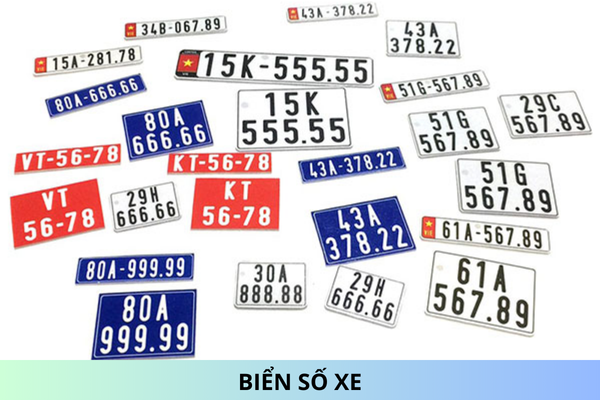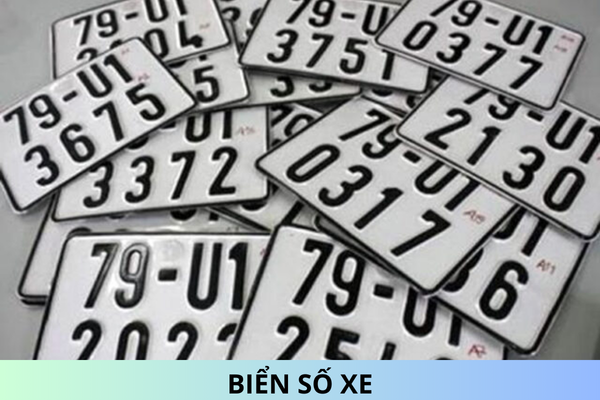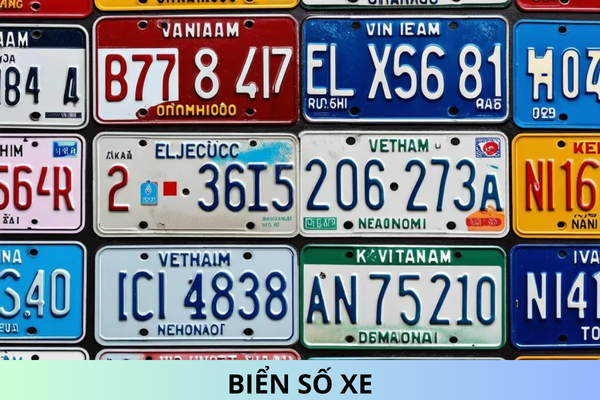What are 09 cases of motor vehicles having changes but not considered modification from February 15, 2024 in Vietnam?
Please ask: What are 09 cases of motor vehicles having changes but not considered modification from February 15, 2024 in Vietnam? - Question from Mr. Hung (Hanoi).
How many years must a motor vehicle engine expire before it cannot be used in Vietnam?
In Clause 19, Article 4 of Circular 85/2014/TT-BGTVT amended by Point g, Clause 2, Article 1 of Circular 43/2023/TT-BGTVT (effective from February 15, 2024), Regulations on modification of motor vehicles as follows:
Regulations on modification of motor vehicles
Modification of motor vehicles and motor vehicles after being modified must conform to technical regulations and standards, regulations on technical quality, safety, and environment protection with respect to motor vehicles participating in traffic and must comply with the following regulations:
...
19. Do not use motor vehicle engines that have been in use for more than 15 years from the year of manufacture for replacement or renovation. The replacement engine has the largest capacity as announced by the manufacturer ranging from 90% to 120% of the maximum capacity of the replaced engine.
Thus, from February 15, 2024, motor vehicle engines will not be reused if they have been used for more than 15 years from the year of manufacture in Vietnam.

What are 09 cases of motor vehicles having changes but not considered modification from February 15, 2024 in Vietnam? (Image from the Internet)
What are 09 cases of motor vehicles having changes but not considered modification from February 15, 2024 in Vietnam?
In Article 4a of Circular 85/2014/TT-BGTVT amended by Clause 3, Article 1 of Circular 43/2023/TT-BGTVT (effective from February 15, 2024), 09 cases of motor vehicles with Changes that are not considered improvements include:
(1) Change passenger compartment doors (excluding changing door position and size);
(2) Change some cargo box structures such as: sealing or changing the structure of the cargo door; Replace flat sheeting with corrugated iron or vice versa; Covering the roof frame of a covered vehicle with additional corrugated iron does not increase the height of the cargo box (Hc) specified in Appendix 1 issued with Circular 42/2014/TT-BGTVT; Install or remove dust covers for dump truck cargo tanks;
(3) Install, replace or remove the cargo and luggage compartment covers of PICKUP cars but do not change the size of the cargo box and the size of the vehicle's bag;
(4) Install additional removable fog lights;
(5) Replace the front light cluster with a light cluster that has been certified or declared conformable according to the National Technical Regulations on optical characteristics of front lights of road motor vehicles, QCVN 35:2017/BGTVT without having to process or change the vehicle's structure to ensure installation;
(6) Replace the light bulb in the front light cluster with another type of light bulb with equivalent power consumption without having to intervene or change the structure of the light cluster;
(7) Change body parts and details is an option of the vehicle manufacturer but does not change the vehicle's outer dimensions, except for the cases specified in Article 6 of Circular 85/2014/TT- BGTVT.
Installation is carried out according to the recommendations of the vehicle manufacturer or the vehicle manufacturer's legally authorized representative;
(8) Change in the style of some details of the vehicle body such as: front grille, spoiler;
(9) Install additional wind hoods on the roof of the truck cab, steps up and down, decorative exhaust pipes, decorative belts for insurance lights and signal lights without changing the exterior size of the vehicle.
When renewing vehicle inspection, what is vehicle users' responsibility in Vietnam?
In Article 13, Circular 16/2021/TT-BGTVT is supplemented by Clause 5, Article 1 of Circular 2/2023/TT-BGTVT, amended by Clause 5 , Article 1 of Circular 08/2023/TT-BGTVT (effective from February 15, 2024) stipulates responsibilities of vehicle users:
In addition to works mentioned in this Circular, vehicle users are responsible for:
1. During the interval between inspection periods, vehicle owners are responsible for maintaining, and repairing the vehicles in order to maintain technical conditions of their vehicles and assume legal liability for operating vehicles that do not meet technical safety and environmental protection standards on roads.
2. Refraining from renting or borrowing parts and/or components of motor vehicles to satisfy inspection purposes; refraining from falsifying, removing, or fabricating Certificate of inspection, seals of inspection.
3. Providing and declaring accurate information relating to inspection affairs, administration information, and technical specifications of motor vehicles, and providing relevant documents to register authority.
4. Preserving Certificate of inspection and seals of inspection.
5. Returning Certificate of inspection and seals of inspection when register authority issues notice on revocation.
6. For motor vehicles eligible for exemption from first-time inspection, vehicle users shall affix inspection seals to their vehicles before participating in traffic according to Clause 4 Article 9 of this Circular.
Best regards!










